
William Butterworth (December 18, 1864 - June 1, 1936) served as both president and chairman of Deere & Company.

William Butterworth (December 18, 1864 - June 1, 1936) served as both president and chairman of Deere & Company.
Butterworth was born in Maineville, Ohio, to Congressman Benjamin Butterworth, and graduated from Lehigh University and studied law at the National University School of Law in Washington D.C. [1]
In 1892 Butterworth married Katherine Deere, daughter of Charles Deere (and granddaughter of John Deere). She was the niece of architect Merton Yale Cady. He joined Deere & Company the same year as an assistant buyer. In 1897 he was elected treasurer, and became president after the death of Charles Deere in 1907.
Deere & Company underwent many changes during Butterworth's tenure. In 1910 the board of directors reorganized the company's factories into one unified entity, giving birth to the modern Deere & Company. In 1912 Deere began manufacturing combine harvesters. In 1918 the company purchased Waterloo Gasoline Engine Company and the rights to produce their tractors. Butterworth also implemented a pension system and a benefit and disability program for Deere & Company's employees. [2]
Butterworth retired in 1928 and became the first Chairman of Deere & Company's board, a position he held until his death in 1936. [3]
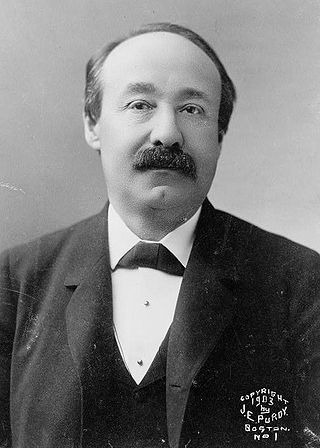
Charles Joseph Bonaparte was an American lawyer and political activist for progressive and liberal causes. Originally from Baltimore, Maryland, he served in the cabinet of the 26th U.S. president, Theodore Roosevelt. He was a descendant of the House of Bonaparte: his grandfather was Jérôme Bonaparte, brother of Emperor Napoleon.

John Deere was an American blacksmith, businessman, inventor, and politician. He founded Deere & Company, one of the largest and leading agricultural and construction-equipment manufacturers in the world. Born in Rutland, Vermont, Deere moved to Illinois and invented the first commercially successful steel plow in 1837.

John William Snow is an American economist, attorney, and businessman who is the former CEO of CSX Corporation and served as the 73rd United States secretary of the treasury under U.S. President George W. Bush. He replaced Secretary Paul H. O'Neill on February 3, 2003 and was succeeded by Henry Paulson on July 3, 2006. Snow submitted a letter of resignation on May 30, 2006, effective "after an orderly transition period for my successor." Snow announced on June 29, 2006 that he had completed his last day on the job; Robert M. Kimmitt served as acting secretary until Paulson was sworn in. Snow has since worked as chairman of Cerberus Capital Management.

Deere & Company, doing business as John Deere, is an American corporation that manufactures agricultural machinery, heavy equipment, forestry machinery, diesel engines, drivetrains used in heavy equipment, and lawn care equipment. It also provides financial services and other related activities.

Arthur Pue Gorman was an American politician. He was leader of the Gorman-Rasin organization with Isaac Freeman Rasin that controlled the Maryland Democratic Party from the late 1870s until his death in 1906. Gorman served as United States Senator from Maryland from 1881 to 1899 and again from 1903 until his death. He was a prominent leader of the Bourbon Democrat faction of the Democratic Party. Gorman was Chairman of the Democratic National Committee during Grover Cleveland's 1884 presidential campaign and he is widely credited with securing Cleveland's victory. In 1952 Gorman was described in The Baltimore Sun as "easily the most powerful political figure [Maryland] has ever known."
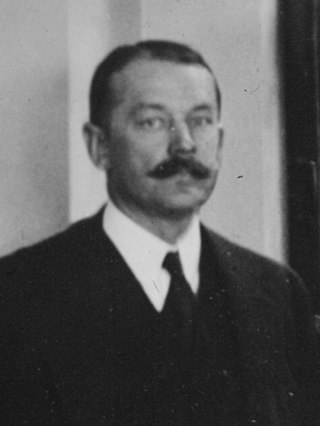
William Woodward Sr. was an American banker and major owner and breeder in thoroughbred horse racing.

William Leigh Keyser was an executive of the Baltimore and Ohio Railroad (B&O) and the Baltimore Copper Company.

John Otho Marsh Jr. was an American politician and an adjunct professor at George Mason University School of Law. He served as the United States Secretary of the Army from 1981 to 1989, and as a member of the United States House of Representatives from Virginia from 1963 to 1971.

Charles Taylor Manatt was a U.S. Democratic Party political figure. He was an American lawyer, politician and businessman.

Erastus Wiman was a Canadian journalist and businessman who later moved to the United States. He is best known as a developer in the New York City borough of Staten Island, a founder of whiskey producer Canadian Club, and owner of the New York Metropolitans baseball team.
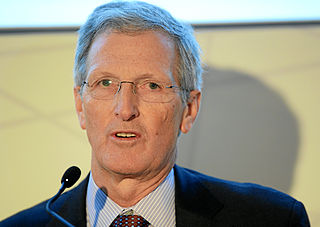
Gregory "Greg" R. Page is an American businessman. He served as executive chairman of Cargill, Inc. of Minnetonka, Minnesota.
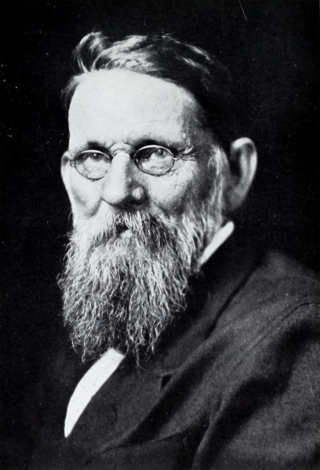
Charles Harvey Stanley was an American lawyer and Democratic Party politician.

Benjamin Butterworth was an American lawyer and politician. He served as a U.S. Representative from Ohio and Commissioner of Patents.
John Gregory Collinge is a former New Zealand lawyer, politician and diplomat. His former roles include president of the New Zealand National Party and High Commissioner to the United Kingdom.
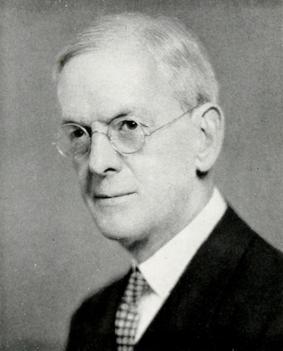
John Stewart Bryan was an American newspaper publisher, attorney, and college president. He was the nineteenth president of the College of William and Mary, serving from 1934 to 1942. He also served as the fourth American chancellor of the college from 1942 to 1944.
SirAlexander Kaye Butterworth (1854–1946) was the General Manager of the North Eastern Railway and also chairman of the Railway Executive during the First World War. He was the father of the composer George Butterworth (1885–1916)
William Alexander Hewitt was the former chairman of Deere & Company of Moline, Illinois, and the last of the Deere Family to run the company. He served as United States Ambassador to Jamaica from 1982–1985.
Samuel R. Allen is an American businessman. He was the chairman and chief executive officer of John Deere, and the chairman of the U.S. Council on Competitiveness.
William Luke Marbury Jr. was a prominent 20th-century American lawyer who practiced with his family's law firm of Marbury, Miller & Evans. He was known to be a childhood friend of alleged Soviet spy Alger Hiss.
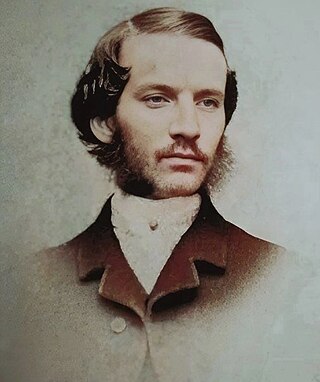
Merton Yale Cady was a prominent architect and builder in Moline, Illinois. He designed various buildings at Chicago World's Fair in 1893, and designed the Riverside Cemetery in Moline. He designed Cast-iron structures and number of buildings for his father-in-law, John Deere, and his enterprise, Deere & Company.